Cover
Copyright
Contents
1 Introduction
1.1 I Studied Deep Learning the Wrong Way…This Is the Right Way
1.2 Who This Book Is For
1.2.1 Just Getting Started in Deep Learning?
1.2.2 Already a Seasoned Deep Learning Practitioner?
1.3 Book Organization
1.3.1 Volume #1: Starter Bundle
1.3.2 Volume #2: Practitioner Bundle
1.3.3 Volume #3: ImageNet Bundle
1.3.4 Need to Upgrade Your Bundle?
1.4 Tools of the Trade: Python, Keras, and Mxnet
1.4.1 What About TensorFlow?
1.4.2 Do I Need to Know OpenCV?
1.5 Developing Our Own Deep Learning Toolset
1.6 Summary
2 What Is Deep Learning?
2.1 A Concise History of Neural Networks and Deep Learning
2.2 Hierarchical Feature Learning
2.3 How "Deep" Is Deep?
2.4 Summary
3 Image Fundamentals
3.1 Pixels: The Building Blocks of Images
3.1.1 Forming an Image From Channels
3.2 The Image Coordinate System
3.2.1 Images as NumPy Arrays
3.2.2 RGB and BGR Ordering
3.3 Scaling and Aspect Ratios
3.4 Summary
4 Image Classification Basics
4.1 What Is Image Classification?
4.1.1 A Note on Terminology
4.1.2 The Semantic Gap
4.1.3 Challenges
4.2 Types of Learning
4.2.1 Supervised Learning
4.2.2 Unsupervised Learning
4.2.3 Semi-supervised Learning
4.3 The Deep Learning Classification Pipeline
4.3.1 A Shift in Mindset
4.3.2 Step #1: Gather Your Dataset
4.3.3 Step #2: Split Your Dataset
4.3.4 Step #3: Train Your Network
4.3.5 Step #4: Evaluate
4.3.6 Feature-based Learning versus Deep Learning for Image Classification
4.3.7 What Happens When my Predictions Are Incorrect?
4.4 Summary
5 Datasets for Image Classification
5.1 MNIST
5.2 Animals: Dogs, Cats, and Pandas
5.3 CIFAR-10
5.4 SMILES
5.5 Kaggle: Dogs vs. Cats
5.6 Flowers-17
5.7 CALTECH-101
5.8 Tiny ImageNet 200
5.9 Adience
5.10 ImageNet
5.10.1 What Is ImageNet?
5.10.2 ImageNet Large Scale Visual Recognition Challenge (ILSVRC)
5.11 Kaggle: Facial Expression Recognition Challenge
5.12 Indoor CVPR
5.13 Stanford Cars
5.14 Summary
6 Configuring Your Development Environment
6.1 Libraries and Packages
6.1.1 Python
6.1.2 Keras
6.1.3 Mxnet
6.1.4 OpenCV, scikit-image, scikit-learn, and more
6.2 Configuring Your Development Environment?
6.3 Preconfigured Virtual Machine
6.4 Cloud-based Instances
6.5 How to Structure Your Projects
6.6 Summary
7 Your First Image Classifier
7.1 Working with Image Datasets
7.1.1 Introducing the "Animals" Dataset
7.1.2 The Start to Our Deep Learning Toolkit
7.1.3 A Basic Image Preprocessor
7.1.4 Building an Image Loader
7.2 k-NN: A Simple Classifier
7.2.1 A Worked k-NN Example
7.2.2 k-NN Hyperparameters
7.2.3 Implementing k-NN
7.2.4 k-NN Results
7.2.5 Pros and Cons of k-NN
7.3 Summary
8 Parameterized Learning
8.1 An Introduction to Linear Classification
8.1.1 Four Components of Parameterized Learning
8.1.2 Linear Classification: From Images to Labels
8.1.3 Advantages of Parameterized Learning and Linear Classification
8.1.4 A Simple Linear Classifier With Python
8.2 The Role of Loss Functions
8.2.1 What Are Loss Functions?
8.2.2 Multi-class SVM Loss
8.2.3 Cross-entropy Loss and Softmax Classifiers
8.3 Summary
9 Optimization Methods and Regularization
9.1 Gradient Descent
9.1.1 The Loss Landscape and Optimization Surface
9.1.2 The "Gradient" in Gradient Descent
9.1.3 Treat It Like a Convex Problem (Even if It's Not)
9.1.4 The Bias Trick
9.1.5 Pseudocode for Gradient Descent
9.1.6 Implementing Basic Gradient Descent in Python
9.1.7 Simple Gradient Descent Results
9.2 Stochastic Gradient Descent (SGD)
9.2.1 Mini-batch SGD
9.2.2 Implementing Mini-batch SGD
9.2.3 SGD Results
9.3 Extensions to SGD
9.3.1 Momentum
9.3.2 Nesterov's Acceleration
9.3.3 Anecdotal Recommendations
9.4 Regularization
9.4.1 What Is Regularization and Why Do We Need It?
9.4.2 Updating Our Loss and Weight Update To Include Regularization
9.4.3 Types of Regularization Techniques
9.4.4 Regularization Applied to Image Classification
9.5 Summary
10 Neural Network Fundamentals
10.1 Neural Network Basics
10.1.1 Introduction to Neural Networks
10.1.2 The Perceptron Algorithm
10.1.3 Backpropagation and Multi-layer Networks
10.1.4 Multi-layer Networks with Keras
10.1.5 The Four Ingredients in a Neural Network Recipe
10.1.6 Weight Initialization
10.1.7 Constant Initialization
10.1.8 Uniform and Normal Distributions
10.1.9 LeCun Uniform and Normal
10.1.10 Glorot/Xavier Uniform and Normal
10.1.11 He et al./Kaiming/MSRA Uniform and Normal
10.1.12 Differences in Initialization Implementation
10.2 Summary
11 Convolutional Neural Networks
11.1 Understanding Convolutions
11.1.1 Convolutions versus Cross-correlation
11.1.2 The "Big Matrix" and "Tiny Matrix" Analogy
11.1.3 Kernels
11.1.4 A Hand Computation Example of Convolution
11.1.5 Implementing Convolutions with Python
11.1.6 The Role of Convolutions in Deep Learning
11.2 CNN Building Blocks
11.2.1 Layer Types
11.2.2 Convolutional Layers
11.2.3 Activation Layers
11.2.4 Pooling Layers
11.2.5 Fully-connected Layers
11.2.6 Batch Normalization
11.2.7 Dropout
11.3 Common Architectures and Training Patterns
11.3.1 Layer Patterns
11.3.2 Rules of Thumb
11.4 Are CNNs Invariant to Translation, Rotation, and Scaling?
11.5 Summary
12 Training Your First CNN
12.1 Keras Configurations and Converting Images to Arrays
12.1.1 Understanding the keras.json Configuration File
12.1.2 The Image to Array Preprocessor
12.2 ShallowNet
12.2.1 Implementing ShallowNet
12.2.2 ShallowNet on Animals
12.2.3 ShallowNet on CIFAR-10
12.3 Summary
13 Saving and Loading Your Models
13.1 Serializing a Model to Disk
13.2 Loading a Pre-trained Model from Disk
13.3 Summary
14 LeNet: Recognizing Handwritten Digits
14.1 The LeNet Architecture
14.2 Implementing LeNet
14.3 LeNet on MNIST
14.4 Summary
15 MiniVGGNet: Going Deeper with CNNs
15.1 The VGG Family of Networks
15.1.1 The (Mini) VGGNet Architecture
15.2 Implementing MiniVGGNet
15.3 MiniVGGNet on CIFAR-10
15.3.1 With Batch Normalization
15.3.2 Without Batch Normalization
15.4 Summary
16 Learning Rate Schedulers
16.1 Dropping Our Learning Rate
16.1.1 The Standard Decay Schedule in Keras
16.1.2 Step-based Decay
16.1.3 Implementing Custom Learning Rate Schedules in Keras
16.2 Summary
17 Spotting Underfitting and Overfitting
17.1 What Are Underfitting and Overfitting?
17.1.1 Effects of Learning Rates
17.1.2 Pay Attention to Your Training Curves
17.1.3 What if Validation Loss Is Lower than Training Loss?
17.2 Monitoring the Training Process
17.2.1 Creating a Training Monitor
17.2.2 Babysitting Training
17.3 Summary
18 Checkpointing Models
18.1 Checkpointing Neural Network Model Improvements
18.2 Checkpointing Best Neural Network Only
18.3 Summary
19 Visualizing Network Architectures
19.1 The Importance of Architecture Visualization
19.1.1 Installing graphviz and pydot
19.1.2 Visualizing Keras Networks
19.2 Summary
20 Out-of-the-box CNNs for Classification
20.1 State-of-the-art CNNs in Keras
20.1.1 VGG16 and VGG19
20.1.2 ResNet
20.1.3 Inception V3
20.1.4 Xception
20.1.5 Can We Go Smaller?
20.2 Classifying Images with Pre-trained ImageNet CNNs
20.2.1 Classification Results
20.3 Summary
21 Case Study: Breaking Captchas with a CNN
21.1 Breaking Captchas with a CNN
21.1.1 A Note on Responsible Disclosure
21.1.2 The Captcha Breaker Directory Structure
21.1.3 Automatically Downloading Example Images
21.1.4 Annotating and Creating Our Dataset
21.1.5 Preprocessing the Digits
21.1.6 Training the Captcha Breaker
21.1.7 Testing the Captcha Breaker
21.2 Summary
22 Case Study: Smile Detection
22.1 The SMILES Dataset
22.2 Training the Smile CNN
22.3 Running the Smile CNN in Real-time
22.4 Summary
23 Your Next Steps
23.1 So, What's Next?
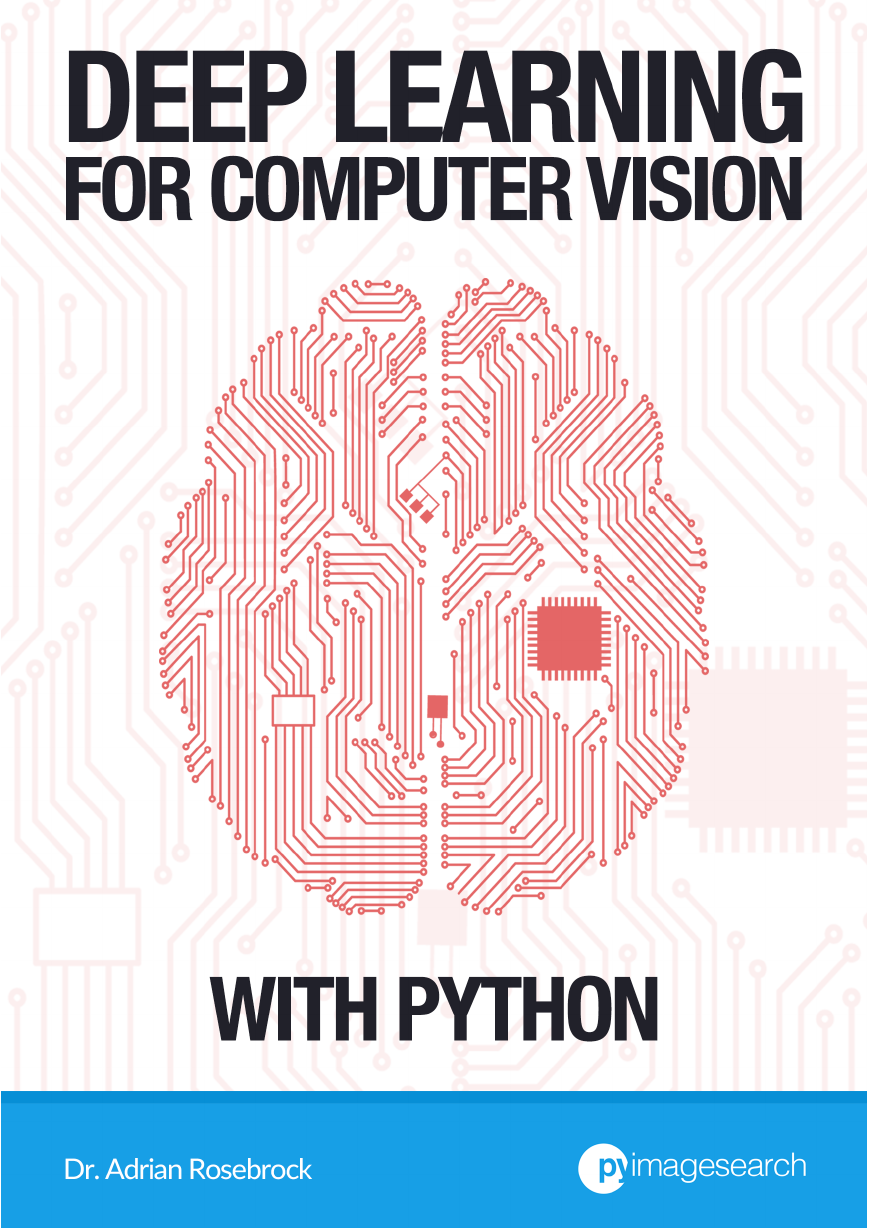

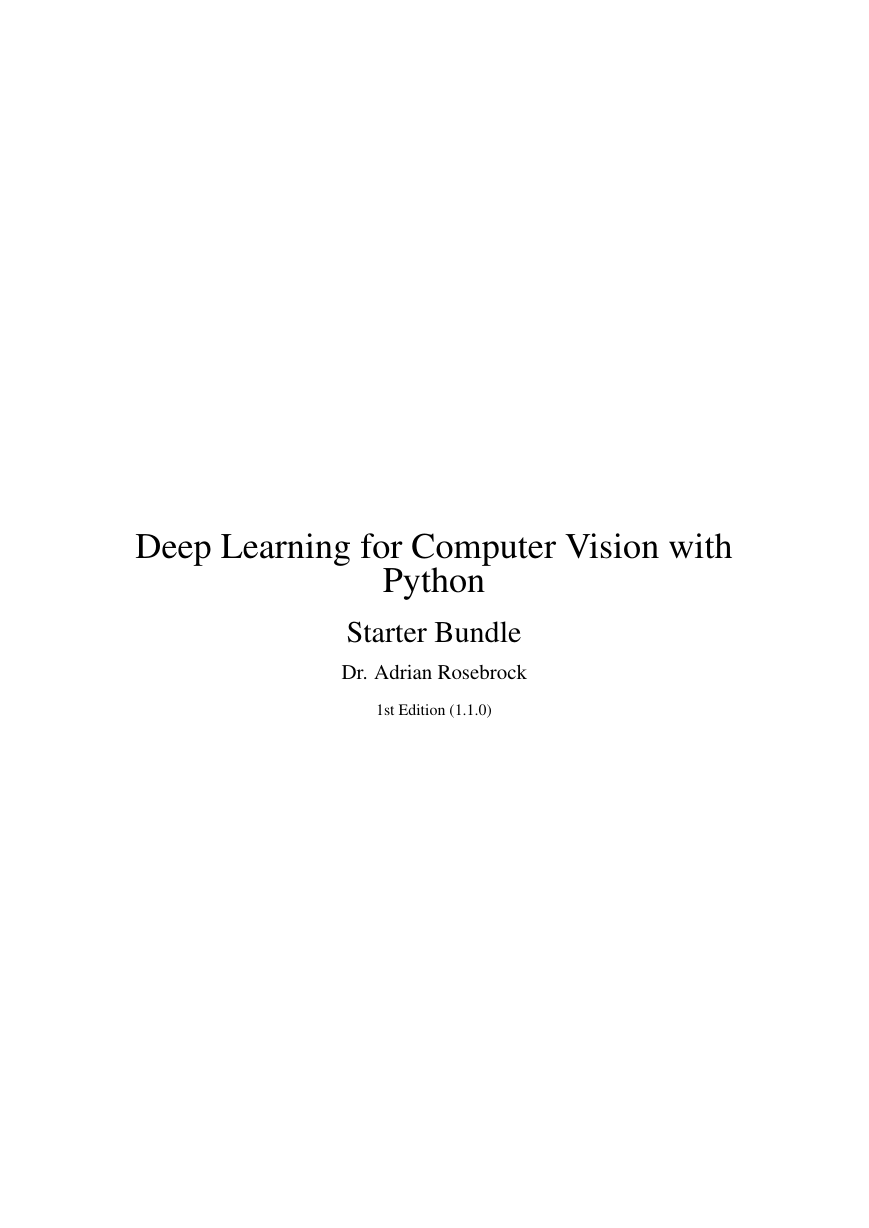
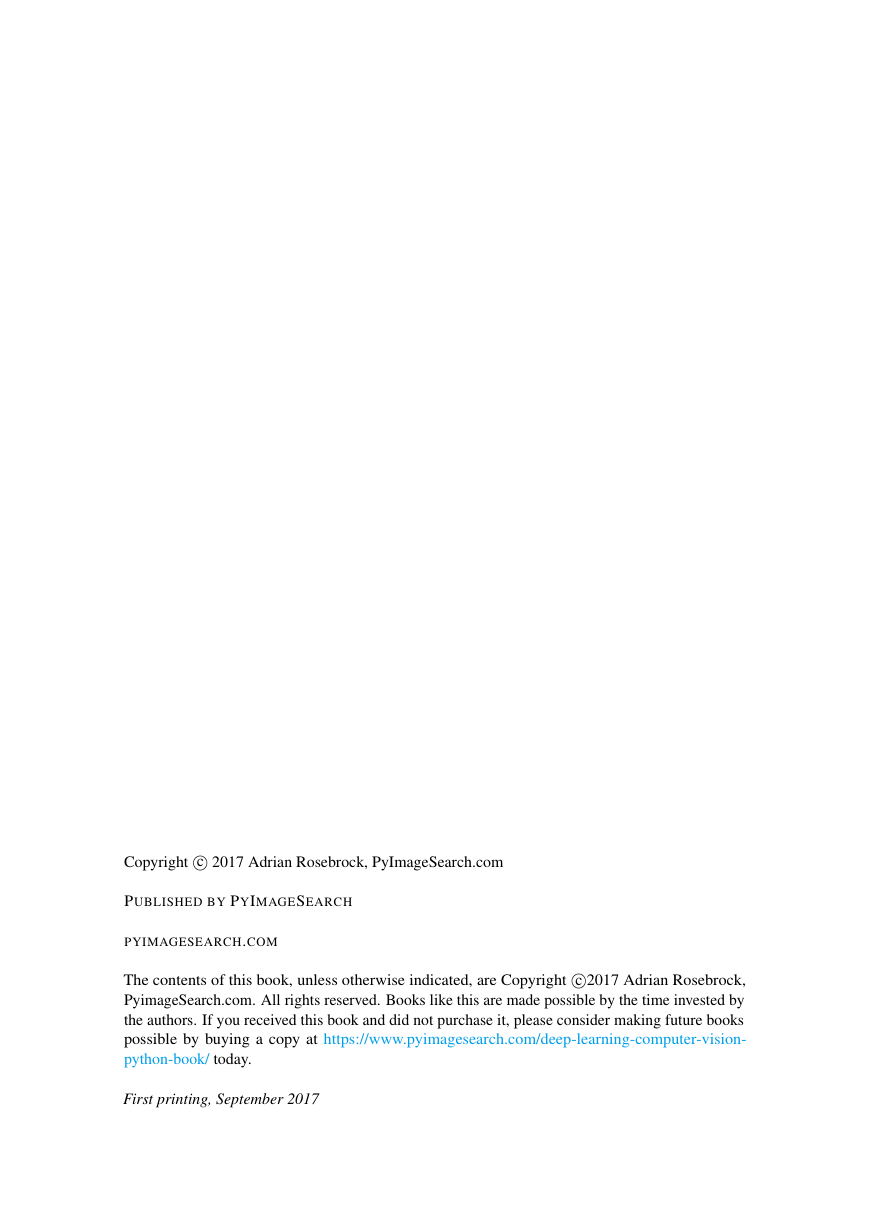
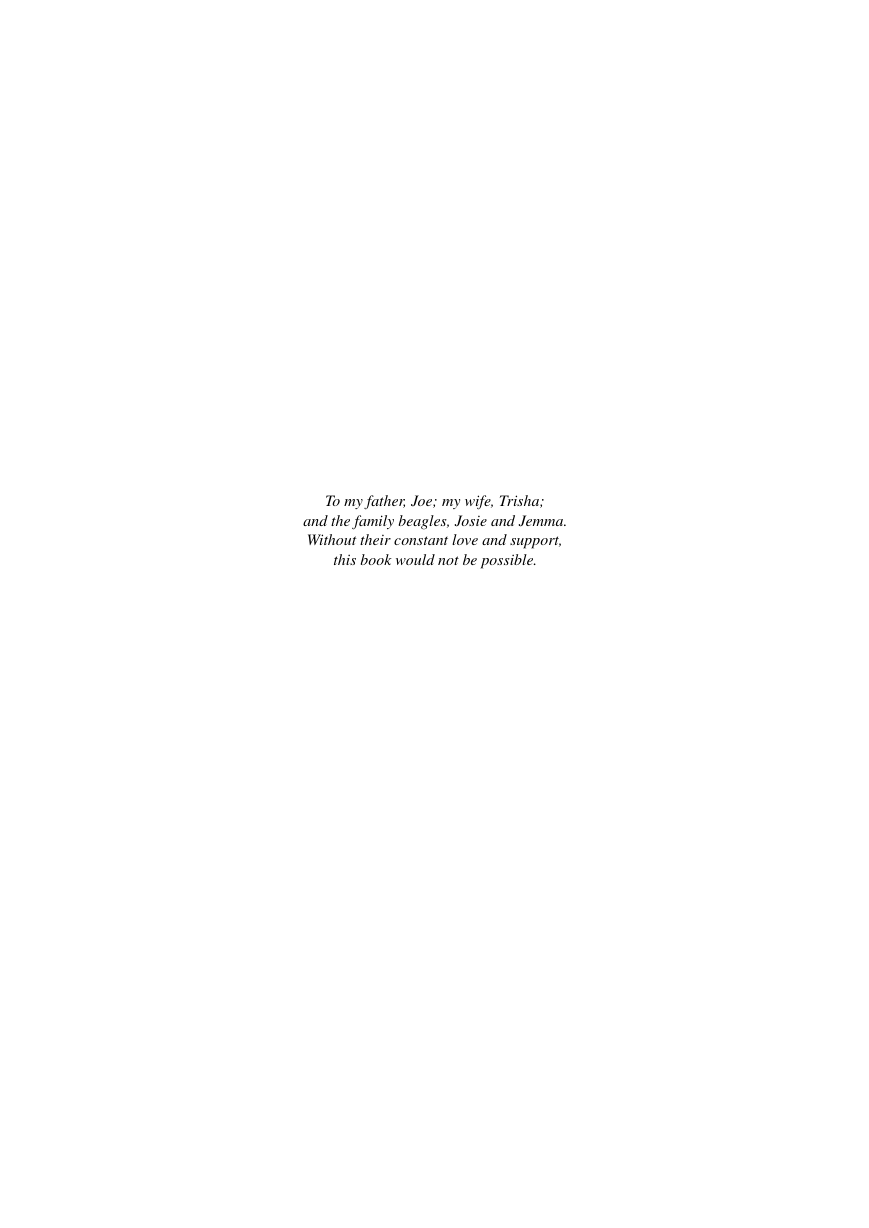

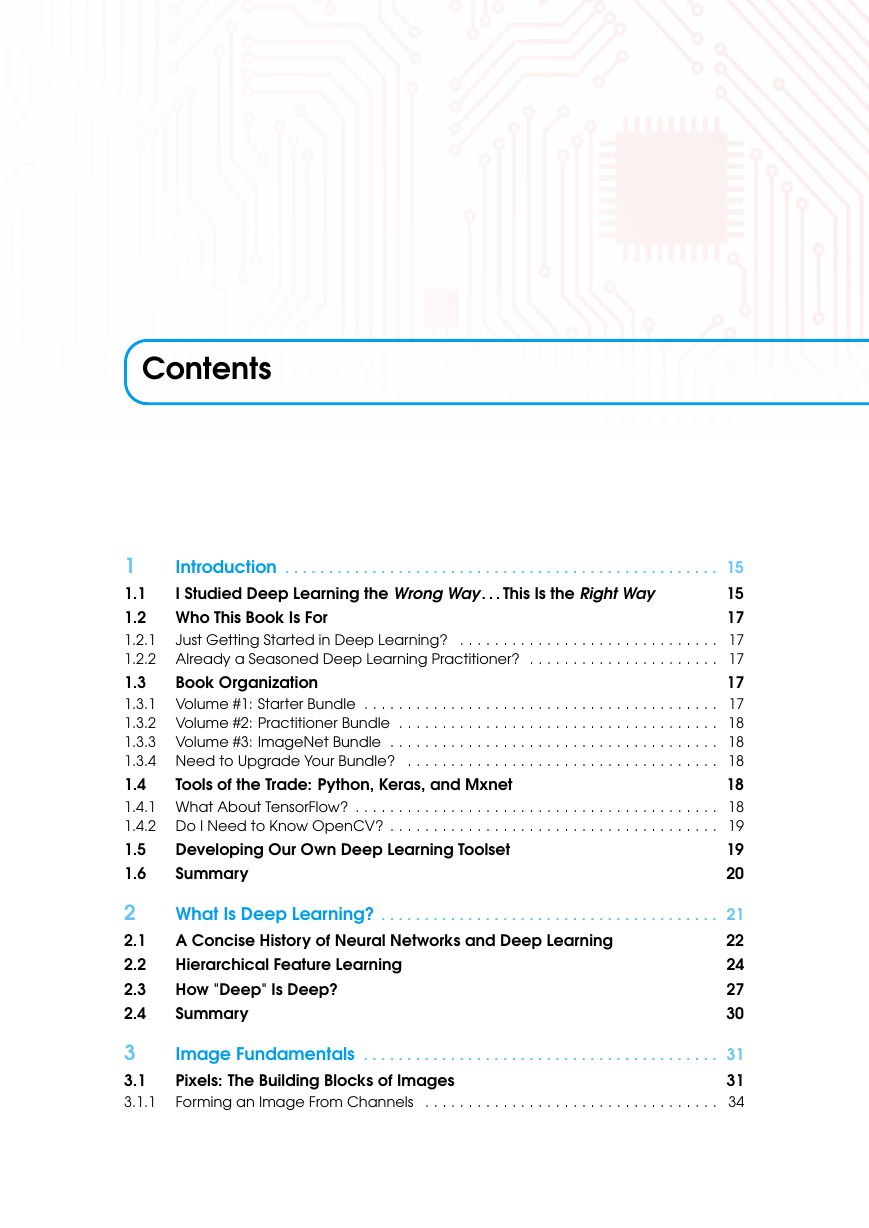
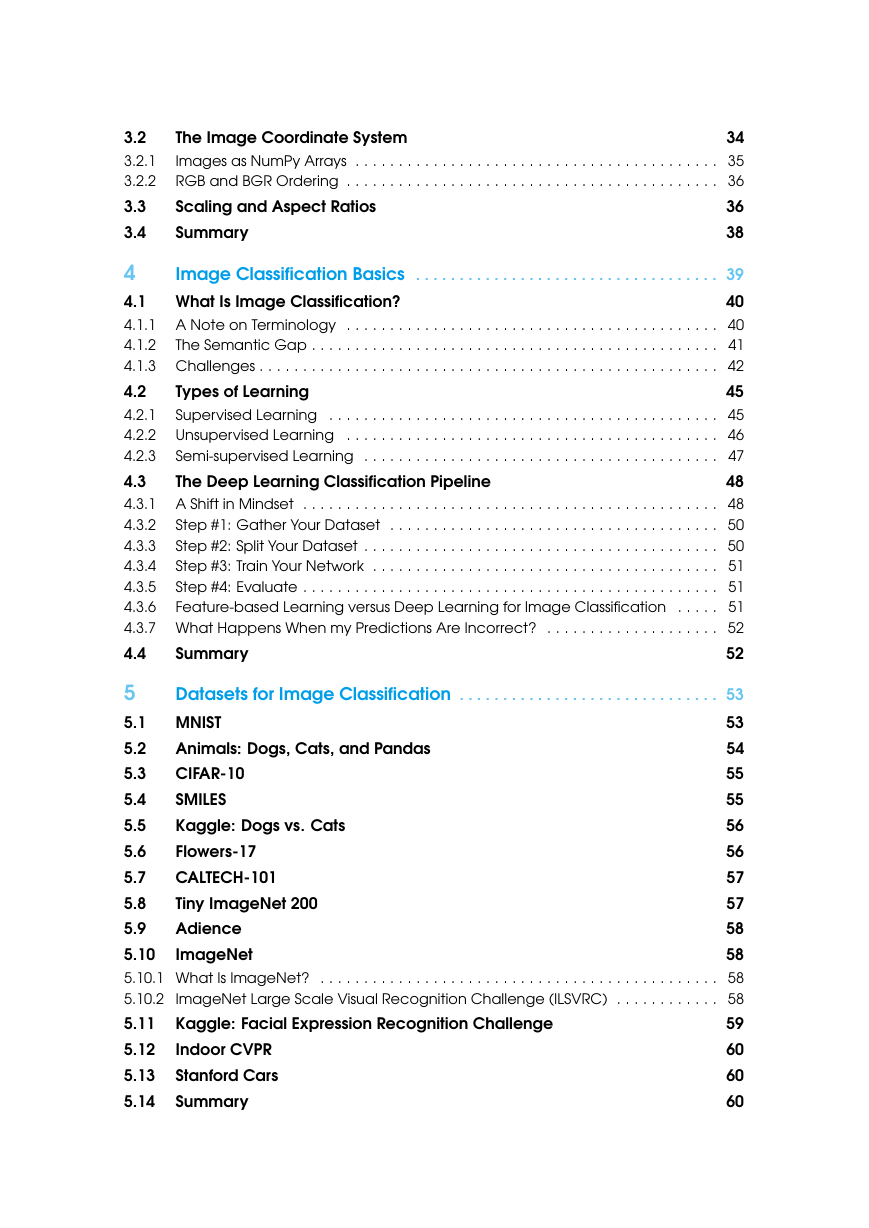








 2023年江西萍乡中考道德与法治真题及答案.doc
2023年江西萍乡中考道德与法治真题及答案.doc 2012年重庆南川中考生物真题及答案.doc
2012年重庆南川中考生物真题及答案.doc 2013年江西师范大学地理学综合及文艺理论基础考研真题.doc
2013年江西师范大学地理学综合及文艺理论基础考研真题.doc 2020年四川甘孜小升初语文真题及答案I卷.doc
2020年四川甘孜小升初语文真题及答案I卷.doc 2020年注册岩土工程师专业基础考试真题及答案.doc
2020年注册岩土工程师专业基础考试真题及答案.doc 2023-2024学年福建省厦门市九年级上学期数学月考试题及答案.doc
2023-2024学年福建省厦门市九年级上学期数学月考试题及答案.doc 2021-2022学年辽宁省沈阳市大东区九年级上学期语文期末试题及答案.doc
2021-2022学年辽宁省沈阳市大东区九年级上学期语文期末试题及答案.doc 2022-2023学年北京东城区初三第一学期物理期末试卷及答案.doc
2022-2023学年北京东城区初三第一学期物理期末试卷及答案.doc 2018上半年江西教师资格初中地理学科知识与教学能力真题及答案.doc
2018上半年江西教师资格初中地理学科知识与教学能力真题及答案.doc 2012年河北国家公务员申论考试真题及答案-省级.doc
2012年河北国家公务员申论考试真题及答案-省级.doc 2020-2021学年江苏省扬州市江都区邵樊片九年级上学期数学第一次质量检测试题及答案.doc
2020-2021学年江苏省扬州市江都区邵樊片九年级上学期数学第一次质量检测试题及答案.doc 2022下半年黑龙江教师资格证中学综合素质真题及答案.doc
2022下半年黑龙江教师资格证中学综合素质真题及答案.doc